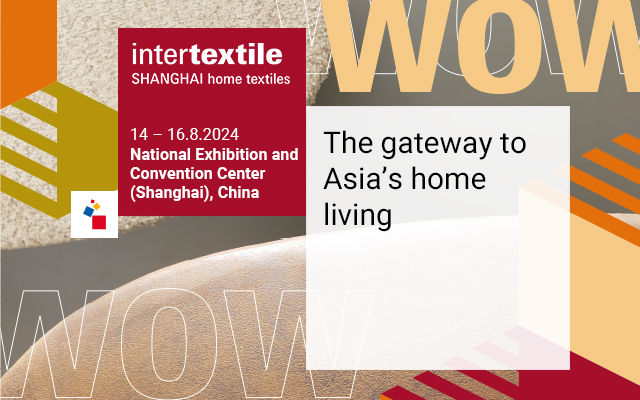Physicaland Mechanical Properties of Selected School Uniforms in Akure Metropolis, Nigeria
Abstract
School uniforms of both pre and post-primary schools of selectedones in Akure metropolis, Nigeria, were investigated and analyzed by standardmethods to evaluate their physical and mechanical properties in relationship tothe suitability and comfortabililty of the pupils. The results gave usefulindications of the differences that exist in their properties. Sixty-sevenpercent (67%) of the uniform tested have satisfactory textile properties aswearing apparels in terms of hard wearing, easy care, comfort appearance, andmoderate tensile strength; while the rest are extremely poor that needs to bemodified, possibly during fabric production processes for better end useproperties. However, all the School uniforms samples showed good fastnessproperties to both wet and dry treatments.
Key words: Fabrics, fastness properties, mechanical properties,student, school uniform
Introduction
The textile material (uniform) worn by pupils of pre andpost-primary (Secondary) Schools in Akure metropolis, Nigeria are of differentnature (texture), shades, appearance, and quality, sown in different styles asdictated by their Schools' Management/Authority. These various shade of uniformpilled all over, torn and dirty within a short-while of use by the students andthese made the populace to complain of them. The end use of these textilematerials depend greatly on the physical and mechanical properties of the typeand assemblages of the fibres (structures of both yarns) within fabrics. Theproperties of a fabric are influenced by kind of raw materials used and themanufacturing processes through which it has been produced.
Today, end users' preferences for clothing are expected tomeet all requirements related to comfort, drape, handle, and easy care as wellas performance. In this present study, attention is focused on some of theSchool uniform worn by students of different Schools in Akure metropolisvis--vis to evaluate the physical and mechanical properties of the materials,their suitability and comfortabililty. The study was done by assessing thefabric themselves.
About the Authors:
Adetuyi, A.O is with Organic-1 Division, Natural ProductsLaboratory, Indian Institute of Chemical Technology (IICT), Hyderabad, A.P., India and Akinbola, O.A is in Department of Industrial Chemistry, Federal University of Technology,P.M.B 704, Akure, Ondo State, Nigeria.
Originally published in Journal of the TextileAssociation: March-April 2009









Comments